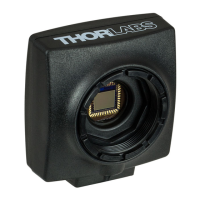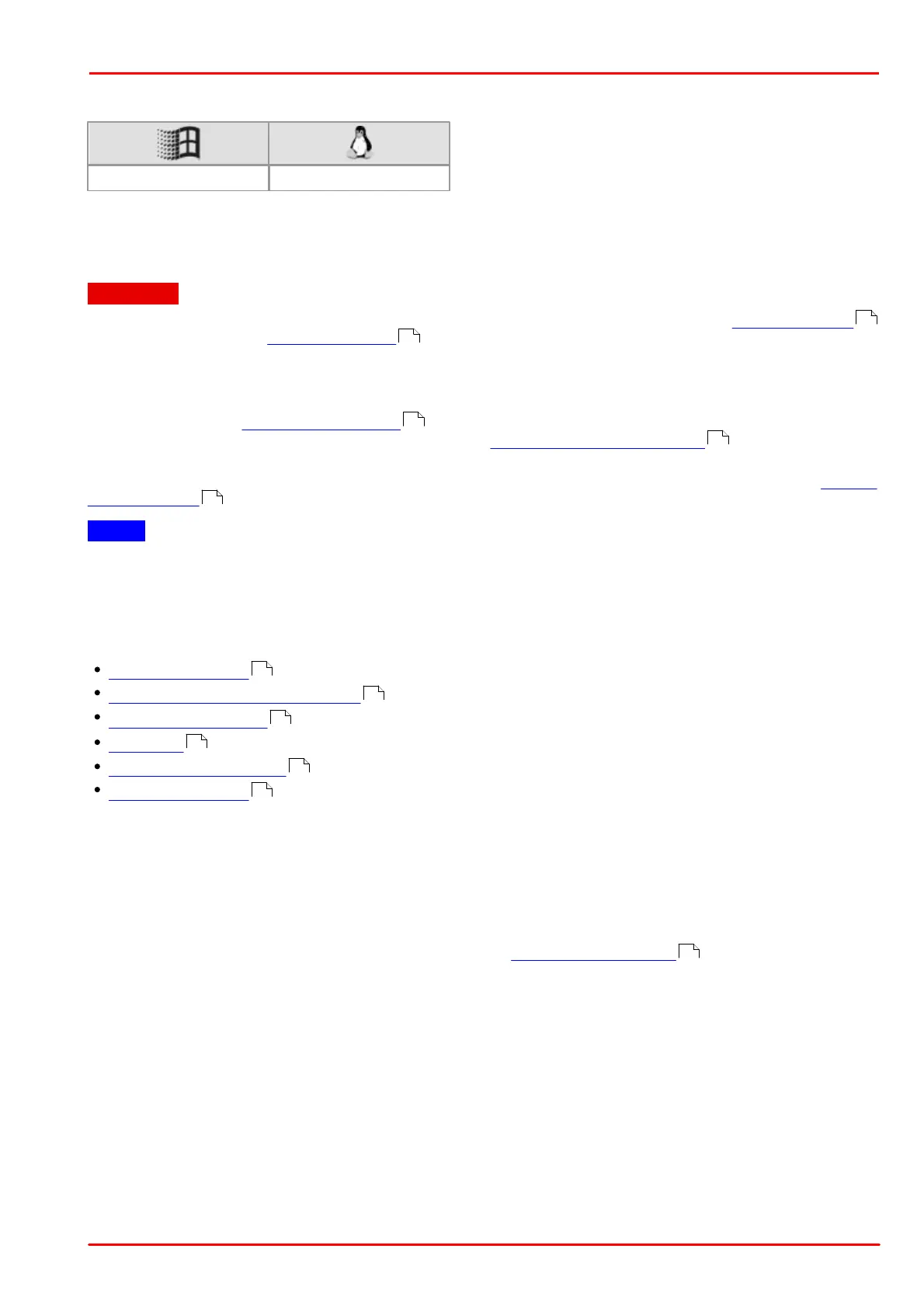© 2013 Thorlabs GmbH
4 Programming (SDK)
427
4.5.35 is_SetExposureTime
Syntax
INT is_SetExposureTime (HIDS hCam, double EXP, double* newEXP)
Description
Attention
This function is obsolete and should not be used anymore. We recommend to use the is_Exposure()
function instead (see also Obsolete functions ).
Using is_SetExposureTime(), you can set the exposure time (in milliseconds). Since this value depends on
the sensor timing, the exposure time actually used may slightly deviate from the value set here. The actual
exposure time is returned by the newEXP parameter.
In free-running mode (is_CaptureVideo() ), any modification of the exposure time will only become effective
when the next image but one is captured. In trigger mode (is_SetExternalTrigger() ), the modification will
be applied to the next image.
For minimum and maximum exposure times as well as other sensor-based dependencies, please refer to Camera
and sensor data chapter.
Notes
1. New Driver Versions
Newer driver versions sometimes allow an extended value range for the exposure time setting. We recommend to
query the value range every time and set the exposure time explicitly.
2. Settings with Influence on Exposure Time
The use of the following functions will affect the exposure time:
is_PixelClock()
is_SetOptimalCameraTiming()
is_SetFrameRate() (if the new image duration is shorter that the exposure time)
is_AOI() (if the image size is changed)
is_SetSubSampling()
is_SetBinning()
Changes made to the window size, the frame rate or the read-out timing (pixel clock frequency) also affect the
defined exposure time. For this reason, you need to call is_SetExposureTime() again after such changes.
3. Exposure Time Increment
The increments for setting the exposure time (IS_GET_EXPOSURE_INCREMENT) depend on the sensor's current
timing settings (pixel clock, frame rate). The smallest increment always corresponds to the duration of one pixel
row, which is the time it takes the sensor to read out one pixel row.
Some sensors allow setting the exposure time with a finer increment (IS_GET_EXPOSURE_FINE_INCREMENT).
This function is currently only supported by the sensors of the DCC1240x / DCC3240x models.
4. Rounding Errors
When calculating a new exposure time based on the ..._INCREMENT parameter, please note that calculations
with floating point values in the PC will always be subject to rounding errors. Therefore, an addition or subtraction of
an n*INCREMENT value might not always produce the exact desired result. In this case, the uc480 API rounds
down the floating point value and sets the exposure time to the next lower value.
You can avoid this behavior by additionally adding or subtracting the value INCREMENT/2.f (half intervall) when
calculating with n*INCREMENT. This ensures that the desired value will be set even after rounding.
216
379
177
327
460
294
338
329
159
347
310
461

